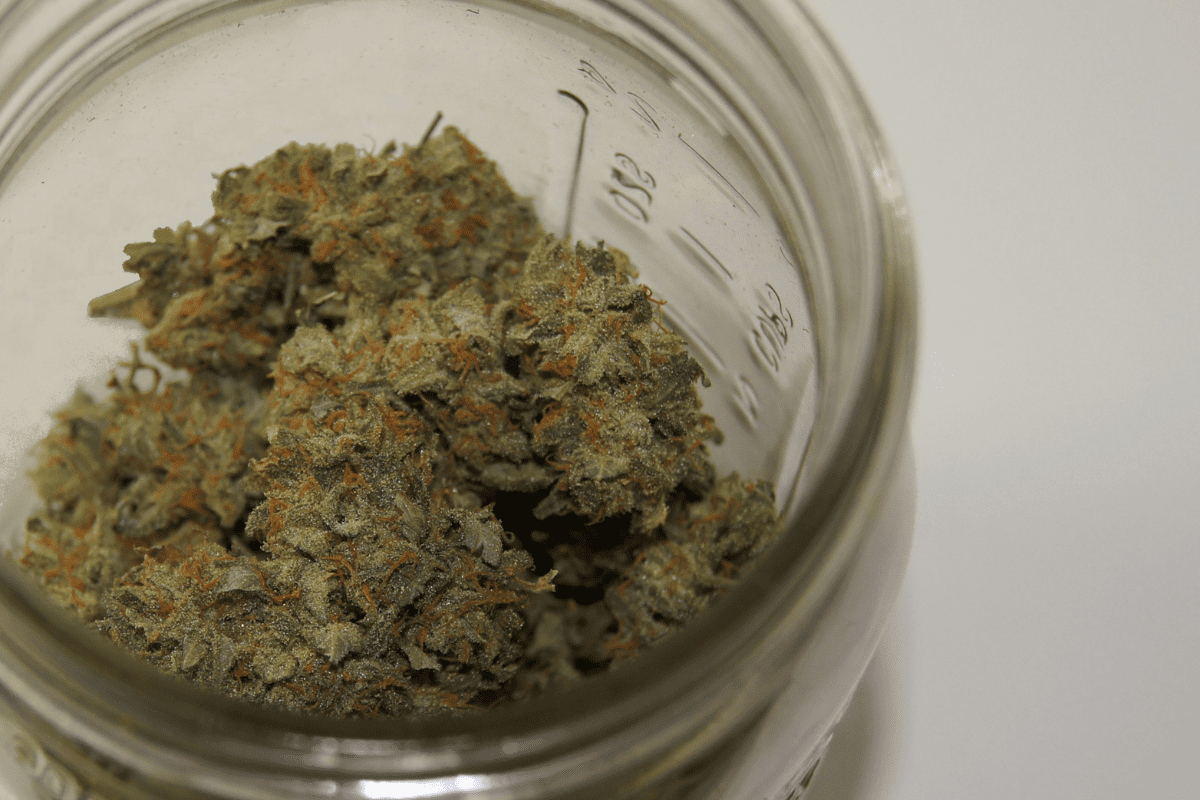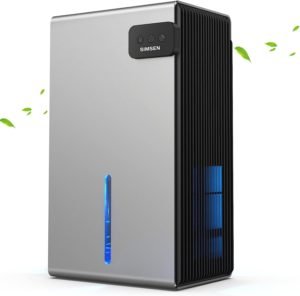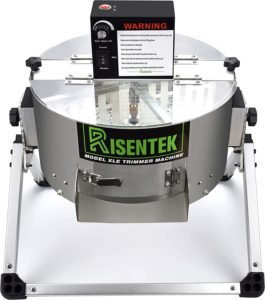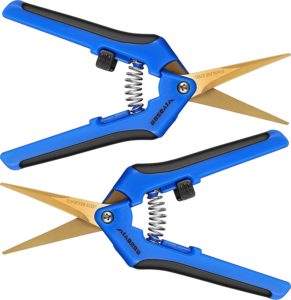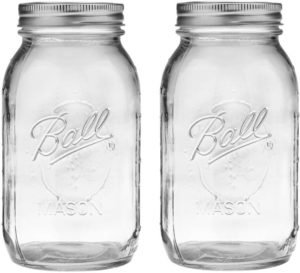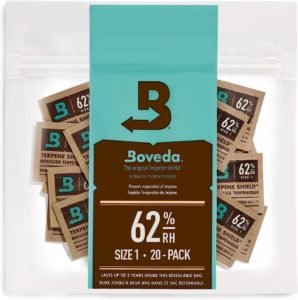Congratulations, you’ve successfully grown some cannabis plants! There are two more steps in the cannabis cultivation process before your bud is ready to smoke: drying and curing.
The entire curing process involves drying cannabis and putting your dry buds in mason jars. It takes a minimum of three weeks.
Curing buds for best taste require a more detailed understanding, though.
Here’s an overview of the complete post-harvest drying and curing process.
What is Curing Cannabis?
Curing cannabis happens after you harvest it. It is how you go from a freshly harvested wet plant to smokable buds. The entire drying and curing process can take a few weeks, or even up to six months.
Now, the wording can get a little tricky here because “curing” can refer to the entire process of drying and curing cannabis. It can also just mean putting the buds in airtight containers. When we say “curing,” we mainly mean the latter.
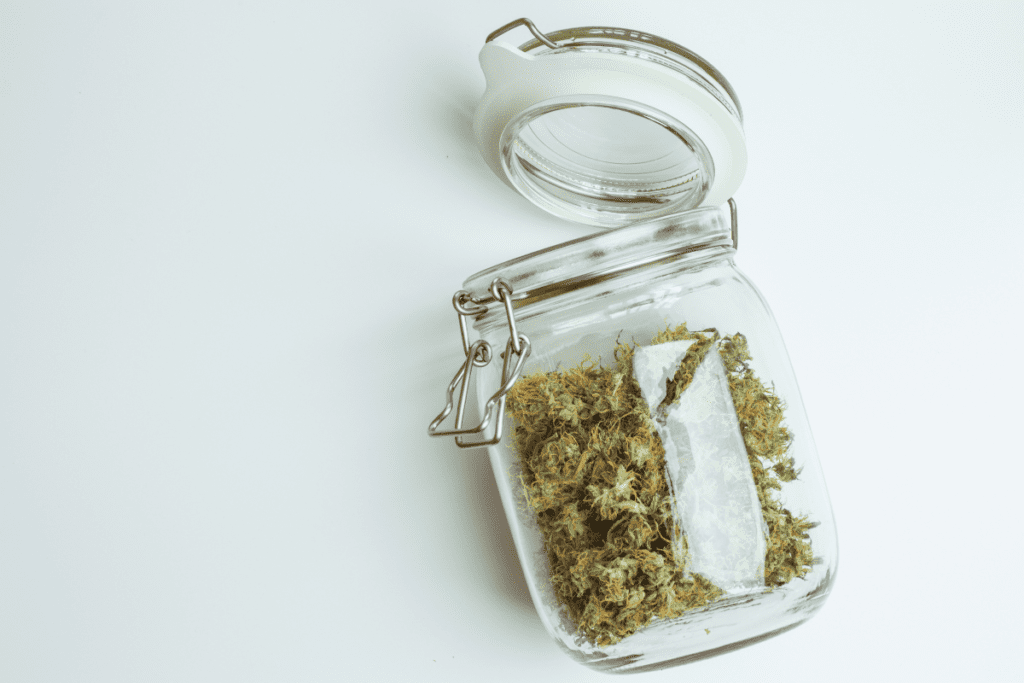
Why Do I Need to Cure Cannabis?
If you try to pull a bud directly off a live marijuana plant, you can’t smoke it. Fresh cannabis buds contain way too much water to ignite and produce enough smoke for a proper bong rip. Pretty much all plants that you ignite are cured, including tobacco, sage, and cannabis.
Cannabis needs to be cured because otherwise, the moisture will cause mold formation and ruin the buds. Curing weed greatly extends its shelf life. It also stops the breakdown of terpenes and cannabinoids, which are not stable compounds.
But the real reason you want to cure your cannabis is for the taste. The curing process lets the cannabis flowers break down the plant matter, which makes it taste less grassy. If you don’t cure marijuana, it can have harsh smoke. Curing cannabis allows the essential oils and terpenes to ripen and the excess sugars to break down, giving you smoother smoke that tastes amazing.
PRO TIP: Curing affects the taste of cannabis, but so do cannabis nutrients. Make sure you flush your plants 1-2 weeks before harvest. A proper cure cannot remove the funky taste of fertilizers.
The Drying Stage
The drying process typically takes 5-14 days. In this time, the plant will lose about half of its weight. What you need is a drying rack and a climate controlled room.
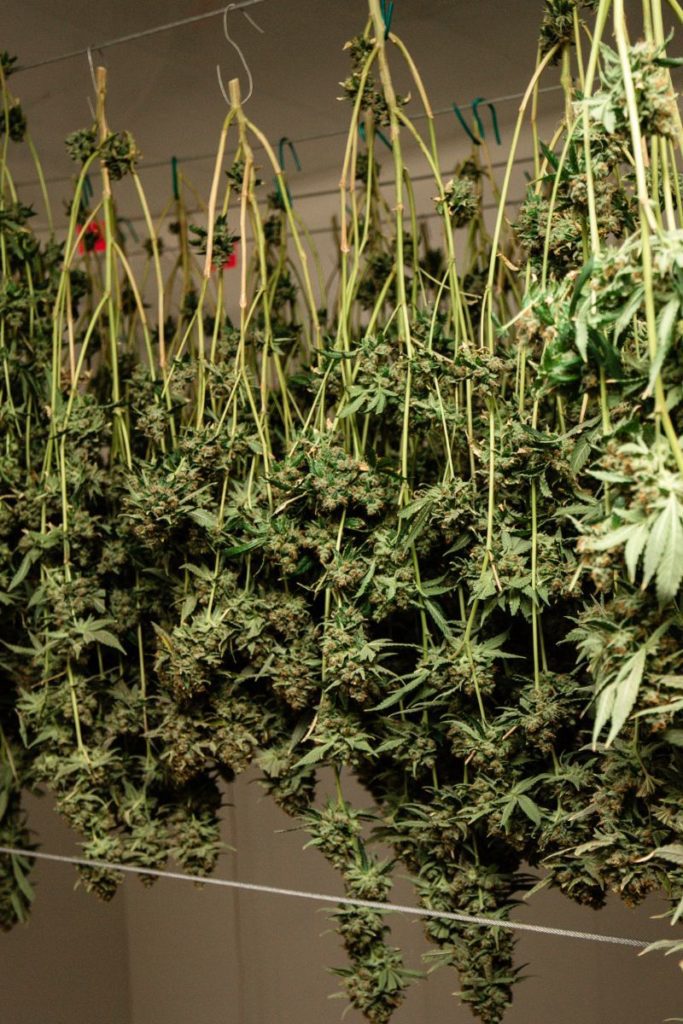
Here’s a quick rundown on how to dry weed:
- Get the drying room ready. You want a place that is away from the sun, has proper airflow, a temperature of 60-70℉, and has a humidity level of 55-65%. Most growers convert their grow tent into a drying room by taking out the dirt/hydro pots and setting up some hanging lines.
- Remove all the fan leaves. If you plan on wet trimming, also trim the sugar leaves at this stage. Fan leaves can be composted, but save the sugar leaves for edibles or hash.
- Hang the buds or place them in mesh drying racks. Hang drying is the most commonly used drying method. You set up a string and then hang plants upside down. If you’ve pulled the buds off the branches to wet trim them, you might need a mesh drying rack. This is an inexpensive item that is basically a series of mesh platforms to place your trimmed buds. Give your marijuana plants some space to hang, they need space to let the buds dry evenly.
- Keep an eye on the environment. Once a day you should take a peek at your buds. If it gets too humid, it can cause mold. It’s ok to expose them to a bit of sunlight while you’re monitoring them, you just don’t want to leave your drying buds in the sun for hours.
- Check the dryness. After about 5 days, properly dry small branches should break instead of bending. The buds should feel dry on the outside but still wet on the inside. The main colas will take longer to dry than the smaller buds.
- Once they are finished drying, take them down and place the buds in an airtight container for storage.
PRO TIP: Humidity control is the most important aspect of your drying space. A lot of marijuana growers keep a dehumidifier in the space. This is also useful when growing cannabis because growing weed can also mold. Mold is your enemy!
Now before you start harvesting your entire plant, you want to decide whether you’ll be wet trimming or dry trimming. Let’s take a look at that.
Wet Trimming vs Dry Trimming
Here’s the great debate about drying cannabis. Do you trim your buds wet, or dry? If you decide to wet trim your buds, make the drying process a little faster. However, trimming wet is more labor intensive because those buds are some real sticky icky. We recommend using a bud trimmer unless you want to spend an entire day doing the equivalent of shucking corn.
Commercial growers tend to opt for dry trimming. This is due to the fact that large-scale trimming machines tend to only take dry bud. Large-scale trimming machines are also very expensive and you don’t want to mess with your equipment.
That said, your average bowl trimmer can handle wet buds. If you’re using an electric trim machine instead of a hand crank, having it at least a little wet tends to be better for the bud. Sometimes electric trimmers can over-trim buds if they’re completely dry.
How you trim is a matter of personal preference, but we recommend you wet trim because it makes drying a little faster. However, if you live in a very arid environment, you might want to dry trim. Leaving the sugar leaves on during the drying process can prevent over-drying.
Curing Your Buds
After you have properly dried and trimmed your cannabis, it’s time to cure it. This is a simple process, all you need is some airtight containers. The most popular curing containers are glass mason jars. Plastic contains static electricity, which can pull the kief off of your buds.
Fill your mason jars only 70-80% full. You want to leave some space in the jars for the weed to breathe. Every day, you want to open your jars slightly and leave them open 5-10 minutes to let the excess moisture out and fresh air in. This is called “burping” the jars.
When you burp your jars, you want to inspect your curing buds. If there seems to be a lot of moisture, leave the jars open longer. If they seem to be a little too dry, you can put some Boveda humidity packs in your jars. A humidity pack can bring moisture back to cured buds that have gotten a little too dry.
Store the buds in a cool dark place to cure. Many cannabis growers like storing cannabis in a closet or a medicine cabinet. You don’t need to worry about the relative humidity as much as this step. Pretty much any space where you can store pills is a place you can store buds.
FAQ
Can I put my buds in a dehydrator to dry faster?
Technically yes, it will produce dry cannabis, but it won’t have as high a THC content. Properly drying cannabis is a slow process.
What if I don’t cure my dry weed?
You’ll be able to smoke dry cannabis without curing it, it just won’t be as strong or taste as good. It also might not store very well.
I have cured weed, but it still doesn’t taste good. What’s going on?
Drying and curing cannabis will not remove any excess fertilizer, which makes buds taste bad. To get the perfect taste, you must flush your entire crop before harvest.
Remember, Patience
To properly cure buds, you need patience above all else. You want to slow dry your plants to get the moisture content to something smokeable. Taking shortcuts will not help you here. Bud needs time to get rid of its excess moisture and reach its peak THC level.
You’ve put this much time into growing your plant, you can wait a couple more weeks for it to taste right. This is why above all else, you need to be patient during this process. You’ll be so proud to show off your properly cured and amazing-tasting buds to your friends.
More about cannabis
- How To Treat A Magnesium Deficiency In Cannabis
- It’s Not O-K: Potassium Deficiency in Cannabis
- How to harvest cannabis (and use the entire plant)
- Male Weed Plant Stages: Don’t Ruin Your Crop
- How To Decarb Weed For Homemade Cannabis Products
- Loving the Ladies: Female Weed Plant Stages
- Patience is a Virtue: Curing Buds for Best Taste
- Understanding weed light cycles: Get the most from your harvest
- When to switch to flower nutrients for high cannabis yield
- How to make live resin at home, step-by-step

